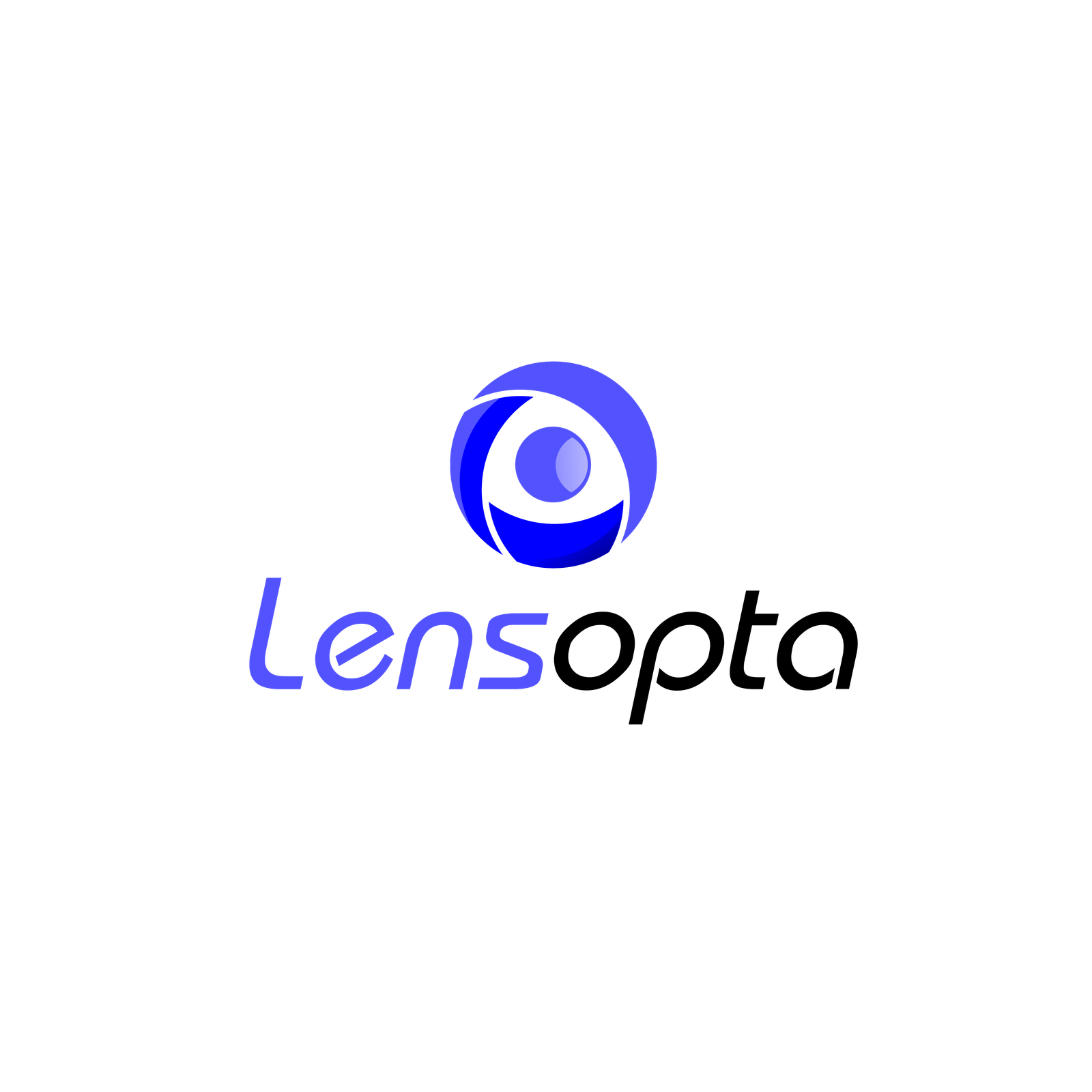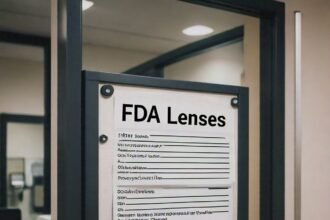Introduction:
The Food and Drug Administration (FDA) plays an important role in ensuring the safety and efficacy of medical devices in the United States, including lenses used in medical, cosmetic, and vision correction applications. Understanding the different types of FDA lenses, the regulatory framework, the approval process, and insights for manufacturers and consumers can help navigate this complex landscape. This comprehensive guide covers the essentials of FDA lenses, offering valuable information for all stakeholders.

Types of FDA Regulated Lenses:
1. Contact lenses:
Contact lenses are medical devices that are worn directly on the cornea of the eye to correct vision or for cosmetic purposes. They are classified into two main categories:
- Soft Contact Lenses: Made of flexible plastic that allows oxygen to reach the cornea, increasing comfort.
- Rigid Gas Permeable (RGP) Lenses: Made of durable plastic that provides crisp vision and allows oxygen to pass through the eyes.
2. Intraocular Lenses (IOLs)
During cataract surgery, intraocular lenses are placed inside the eye to remove the eye’s natural lens. There are different types of IOL based on material and design:
- Monofocal IOLs: Provide clear vision at a distance, usually prescribed for distance vision.
- Multifocal IOLs: offer multiple focal points to improve near, intermediate and distance vision.
- Toric IOLs: Correct bias while providing vision correction.
Cosmetic Lenses:
Cosmetic lenses, also called decorative or plano lenses, are used to change the appearance of the eyes without correcting vision. Despite their non-corrective nature, these lenses are still regulated as medical devices due to potential risks to eye health.FDA Regulatory Framework
The FDA’s regulatory framework for lenses ensures that these devices are safe and effective for public use. The framework includes several steps and hierarchies:
- Classification of lenses
The FDA classifies lenses based on their level of risk:
- Class I: Low risk devices (eg, some contact lens accessories).
- Class II: Moderate risk devices (eg, most contact lenses).
- Class III: High-risk devices requiring the highest level of regulatory control (eg, intraocular lenses).
- Premarket Notification (510(k))
Most Class II devices, including many contact lenses, require a premarket notification, also known as a 510(k). Manufacturers must demonstrate that their product is substantially equivalent to a legally marketed device.
- Pre-Market Approval (PMA)
Class III devices, such as intraocular lenses, require premarket approval. This process includes a rigorous review of clinical data to ensure the device’s safety and effectiveness.
- Good Manufacturing Practices (GMP)
Manufacturers must follow good manufacturing practices, including quality assurance, proper design, monitoring, and control of manufacturing processes and facilities.
- Post-market surveillance
The FDA monitors devices after they reach the market to ensure continued safety and effectiveness. This includes tracking and inspecting adverse events.

FDA approval processes for lenses:
The FDA approval process for lenses varies based on the device classification and intended use. Here is a breakdown of the general steps involved:
- Research and Development
Manufacturers conduct extensive research and development to create a lens that meets safety and performance standards. This includes material selection, design optimization, and preclinical testing.
- Clinical Trials
For high-risk devices such as Class III lenses, clinical trials are conducted to gather data on safety and efficacy. These trials comply with FDA regulations and are usually conducted in multiple phases.
- Regulatory Submission
Manufacturers prepare and submit a detailed application to the FDA, which includes data from clinical and clinical studies, manufacturing information, and labeling proposals.
- 510(k) Submission: For Class II devices, the submission must be substantially equivalent to the predictive device.
- PMA Submission: For Class III devices, the submission must provide comprehensive clinical data to demonstrate safety and effectiveness.
- FDA Review:
FDA reviews the submission, which may include requests for additional information or clarification. The review process includes a thorough examination of data, manufacturing processes, and labeling.
- Approval or Clearance
- 510(k) Clearance: If the FDA determines that the device is substantially equivalent to the predicate device, it grants 510(k) clearance.
- PMA Approval: If the FDA finds that the device is safe and effective based on the data collected, it grants PMA approval.
- Postmarket Requirements
Postmarket surveillance, adverse event reporting, and periodic FDA inspections are required to ensure ongoing compliance and safety.
Key insights for manufacturers.
- Navigating Regulatory Requirements
Understanding and navigating complex regulatory requirements is critical for manufacturers. This includes keeping up to date on changes in regulations and guidance documents.
- Investing in quality systems
Investing in strong quality management systems ensures compliance with good manufacturing practices and can help prevent costly recalls and regulatory actions.
- Engaging with the FDA
Engaging with the FDA early in the development process through pre-submission meetings can provide valuable feedback and shorten approval timelines.
- Focus on innovation.
Innovative design and materials can provide a competitive edge. Manufacturers must invest in R&D to develop lenses that offer superior performance and safety.
- Post-Market Vigilance
Maintaining vigilance postmarket through proactive surveillance and promptly addressing any issues can help maintain product integrity and protect public health.
Key insights for consumers.
- Understanding the types of lenses
Consumers should understand the different types of lenses and their intended use. This includes knowing the benefits and potential risks associated with each type.
- Choosing FDA-approved lenses
Choosing lenses that have received FDA approval or clearance ensures that the product has been rigorously tested for safety and efficacy.
- Proper use and care
It is important to follow the manufacturer’s instructions for use and care to avoid eye infections and other complications. This includes following recommended wear schedules and cleaning routines.
- Consult an eye care professional
Regular consultations with an eye care professional can help monitor eye health and ensure that lenses are providing the desired vision correction or cosmetic effect.
- Reporting adverse events
Consumers should report any adverse events or problems with their lenses to both the manufacturer and the FDA to help promptly identify and resolve potential problems.

Conclusion:
Navigating the world of FDA-regulated lenses involves understanding the different types of lenses, the regulatory framework, the approval process, and the responsibilities of manufacturers and consumers. By staying informed and following best practices, manufacturers can ensure compliance and innovation, while consumers can enjoy the benefits of safe and effective lenses. This comprehensive guide provides a foundation for understanding FDA lens essentials, promoting informed decisions, and improving eye health.


